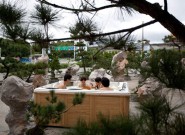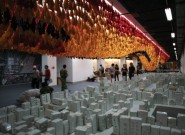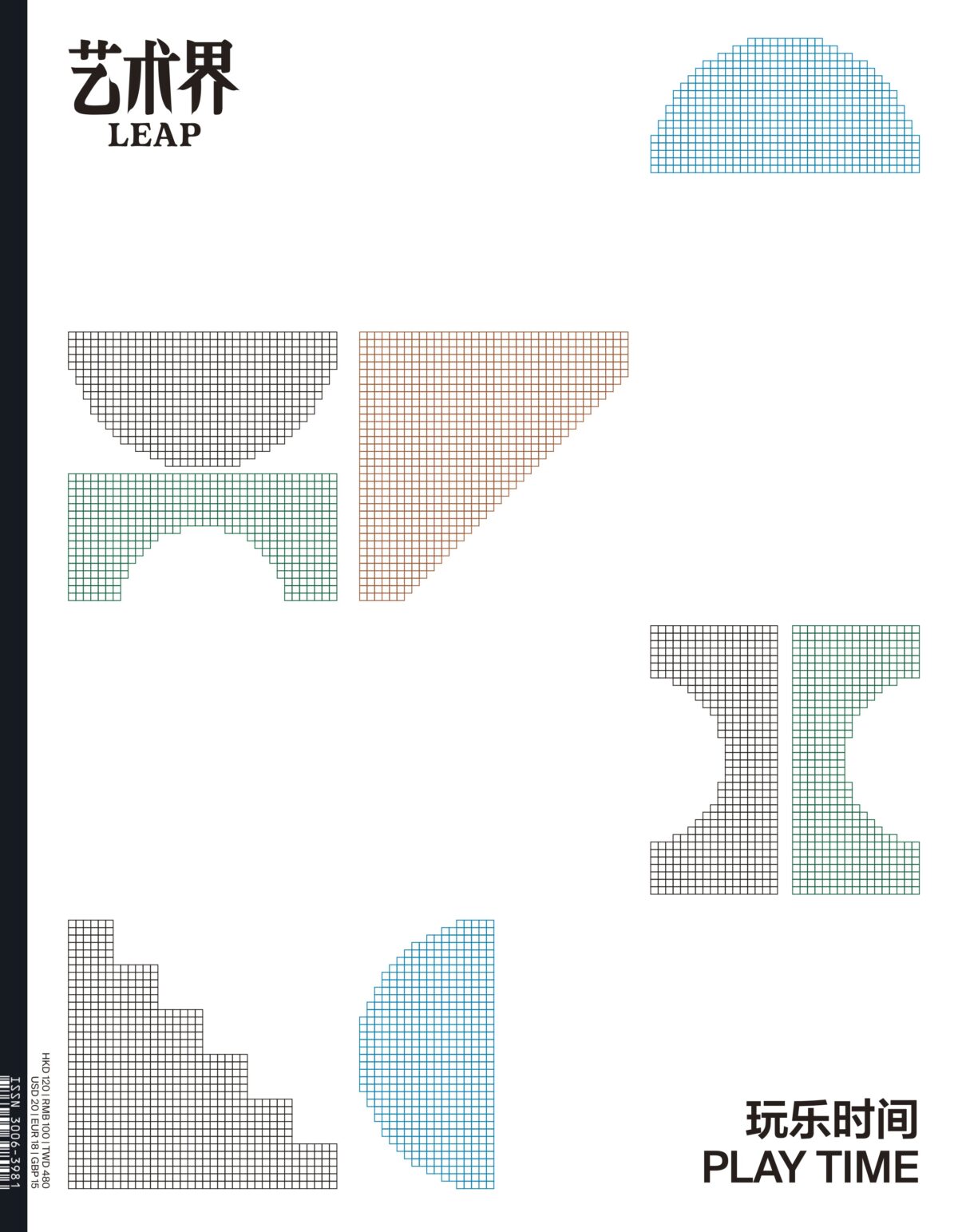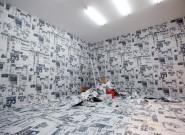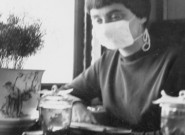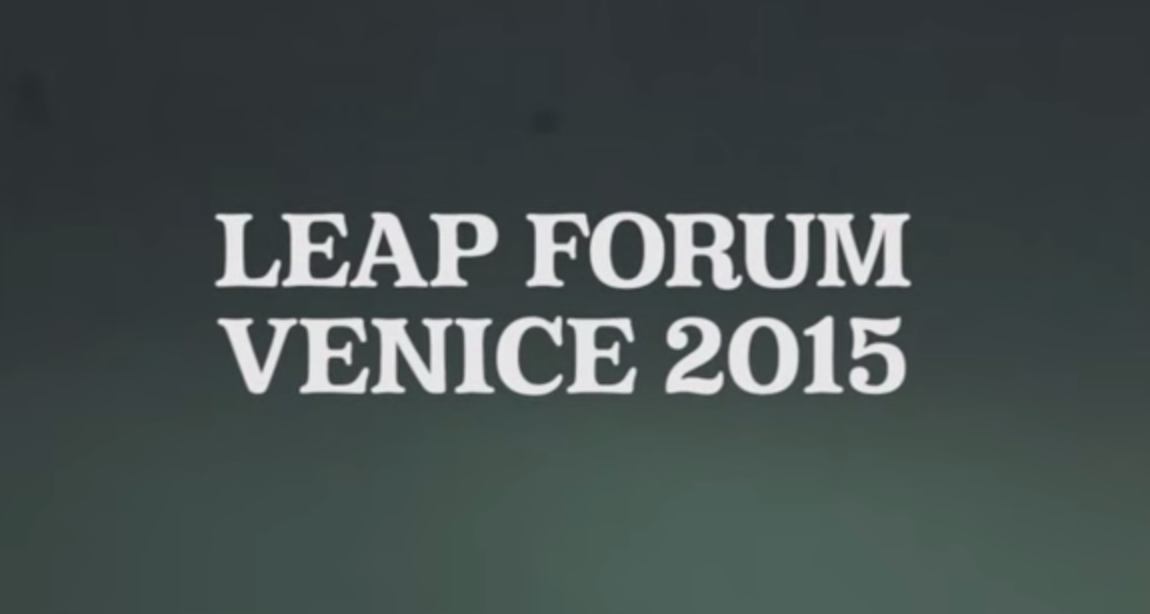The Haus der Kunst, commissioned by Hitler and completed in 1937 to house the “Grosse Deutsche Kunstaustellung” (Great German Art Exhibition)—a virtuous counterpoint to the “Degenerate Art” exhibition which opened one day after the former—is a venue that demands the ante of a site-specific response before the business of showing other work can proceed. As such, it was…
Read MoreAlthough the word “retrospective” does not come up in Fang Lijun’s new show “Thread of Time” at the Guangdong Museum of Art (hence referred to as the “Guangzhou Show”)—the show is instead glossed over as a “case study”— looking at the vast array of biographical and historical data on display, one cannot help but wonder if Fang…
Read MoreI choose to think of the events that occurred within Wang Jianwei’s recently completed “Time – Theatre- Exhibition” at Today Art Museum as “site as situation.” Or perhaps regarding them as “situation as site” serves best in this short review, carrying out the dual functions of being a work and of showing a work. This implies a combination…
Read MoreAs a member of China’s first generation of foreign-trained oil painters who came of age during the Republican era, Pang Xunqin led a rich and varied life. At age nineteen, he left to study in Paris an…
Read MoreThere is not really much to say about Wu Yinxian’s early Communist-era series of photographs of the Great Hall of the People and the Beijing Hotel. Things were simpler back then, and the photos reflec…
Read MoreThe sparse title of Wang Yin’s solo show at the Iberia Center for Contemporary Art, “Wang Yin 2009,” indicates its simple aim: exhibiting a portion of the artist’s paintings made between 2003 and 2009…
Read MoreTangibles outweigh any abstractions that might have been promised in Li Songsong’s latest solo show, “Abstract” at Pace Beijing. There is Li’s trademark style of painting, an impasto of creamy pigment…
Read MoreThe fourth installment in an ongoing series of shows on the “suicidology of the Nanjing Yangtze River Bridge,” Qiu Zhijie’s recent Berlin outing presented a set of problems and questions distinct from…
Read MoreCai Guo-Qiang’s retrospective “I Want to Believe” opened with a gala dinner in the Solomon R. Guggenheim Museum rotunda two years ago this month. In the speechmaking that accompanied those bubbly fest…
Read MoreIf humans like to impose some measure of harmony upon the natural world—whether by representing animals together in paintings, or by forcibly keeping them separate in zoos—Sun Xun’s recent show at Max Protetch Gallery, titled “Animals,” renounces any such aspirations for idyll. Rather, a sense of menace imbues Sun’s menagerie of horses, crows, butterflies, pigs and turtles. Rendered…
Read MoreIn both its Chinese and English renderings, the title of Liu Wentao’s show “View” at White Space Beijing carries the meaning of “careful examination.” If we treat this as a demand on the viewer, it sh…
Read MoreFor the past ten years, Chen Wenbo has been painting scenes of isolated objects without people. The isolation comes from the relationship between restraint and erasure, lending Chen’s work an air of c…
Read MoreLike the show’s title states, what Li Jinghu confronts is a kind of quotidian experience, and from his found objects we see that while he uses items ordinarily buried in daily life, he tries to rescue…
Read MoreBy introducing itself as a “significant shift” in Lee Kit’s practice, this show asks us to note that the works on display are completely different in form from any previous works. But this makes me wo…
Read MoreSince 2007, the Shenzhen Biennial or the “Shenzhen Biennale of Urbanism and Architecture” has expanded to Hong Kong to become the “Shenzhen & Hong Kong Bi-City Biennale of UrbanismÄArchitecture.” The 2005 inaugural show’s theme, “Open City, Open Door!” allowed architects to spearhead a vast, public and citywide exhibition. In the 2007 biennial curated by Ma Qingyun, architects focused…
Read MoreIt is very difficult for commentary on “Time-lapse” to separate itself from the circumstances of the show, particularly the ongoing development of Chinese contemporary art and new media education. Thu…
Read More“Modernism’s transposition of perception from life to formal values is complete,” wrote Brian O’Doherty of the modern gallery space. In his seminal 1976 treatise, Inside the White Cube, O’Doherty argued that the context in which art was shown had become irrevocably conflated with the art object’s own content, a Gesaumtkunstwerklike sublimation of subject and object, art and life…
Read More“Who are the next generation of artists in China?” This is the question the Ullens Center for Contemporary Art’s (UCCA) second anniversary exhibition “Breaking Forecast” aims to answer. But in attempting to establish a contemporary history, the show raises an equally important question: Who is qualified to name a generation? Eight artists are named as the “key…
Read More
